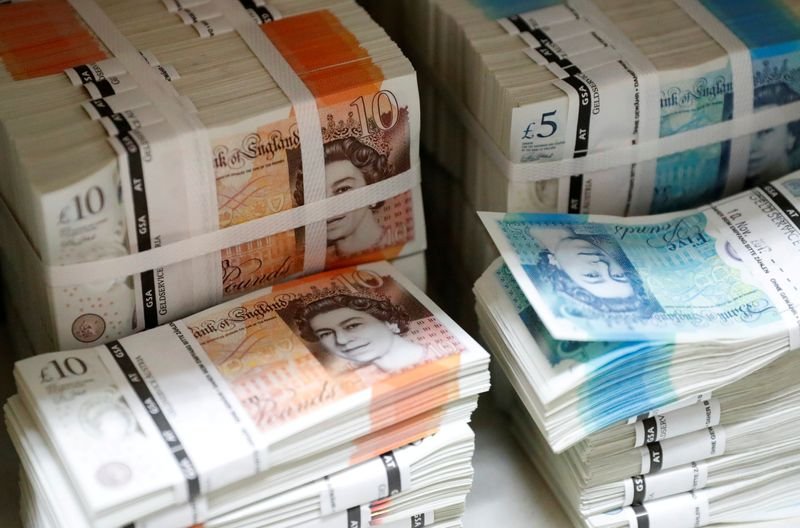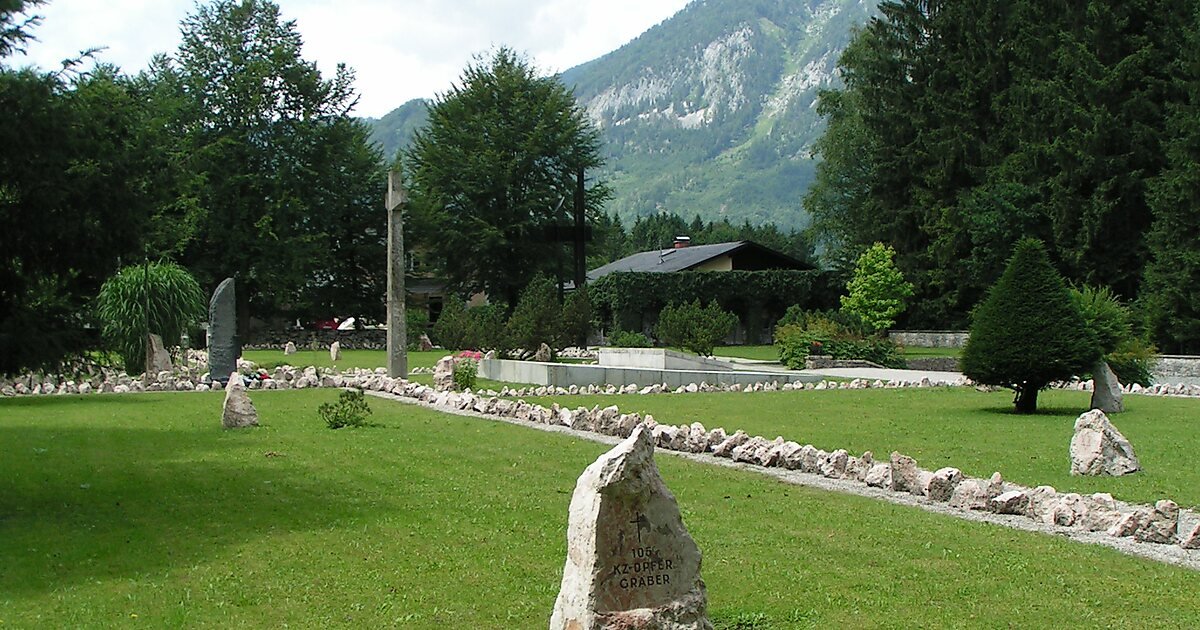
The plan to destabilise the British economy by flooding the country with forged Bank of England £5, £10, £20, and £50 notes.
Operation Bernhard
Operation Bernhard was the name of a secret German plan devised during World War II to destabilise the British economy by flooding the country with forged Bank of England £5, £10, £20, and £50 notes.
The real plan was directed by, and named after, SS Major (Sturmbannführer) Bernhard Krüger, who set up a team of 142 counterfeiters from among inmates at Sachsenhausen concentration camp at first, and then from others, especially Auschwitz. Beginning in 1942, the work of engraving the complex printing plates, developing the appropriate rag-based paper with the correct watermarks, and breaking the code to generate valid serial numbers was extremely difficult, but by the time Sachsenhausen was evacuated in April 1945, the printing press there had produced 8,965,080 banknotes with a total value of £134,610,810. The notes are considered among the most perfect counterfeits ever produced, being extremely difficult although not impossible to distinguish from the real thing.
Although the initial plan was to destabilise the British economy by dropping the notes from aircraft, on the assumption that while some honest people would hand them in most people would keep the notes, in practice this plan was not put into effect. The Luftwaffe (German air force) did not have enough planes to deliver the forgeries, and by that time the operation was in the hands of SS foreign intelligence. Instead, from late 1943 approximately one million notes per month were printed, and many were transferred from SS headquarters to a former hotel near Merano in Trentino-Alto Adige/Südtirol, Northern Italy, from where it was laundered and used to pay for strategic imports and to pay German agents. It has been reported that counterfeit currency was used to finance the rescue of the arrested former Italian dictator Benito Mussolini in 1943, but there is no evidence to confirm this.
The Bank of England first learned of a plot from a spy as early as 1939. It first detected the existence of the notes in 1943, and declared them “the most dangerous ever seen.” Clerks first recorded the counterfeits from a British bank in Tangiers. They were recorded, like all notes, in handwritten ledgers still in the Bank’s archives (every banknote issued by the Bank of England as late as the 1940s was recorded in large leather-bound ledgers, as the notes were a liability of the bank), it was noted that one of the notes had already been recorded as having been paid off. The counterfeiting team also turned its attention to US currency, producing samples of one side of $100 bills on February 22, 1945 with full production scheduled to start the next day, but the Reich Security Main Office ordered the work halted and the press dismantled.
Following the evacuation of Sachsenhausen, the counterfeiting team was transferred to Redl-Zipf in Austria, a subsidiary camp of the Mauthausen-Gusen concentration camp. At the beginning of May 1945, the team was ordered to transfer again, this time to the Ebensee subsidiary camp where they were to be killed together. Their SS guards, however, had only one truck for their prisoners, so the transfer required three roundtrips. The truck broke down during the third trip, and the last batch of prisoners had to be marched to Ebensee where they arrived on May 4. The guards of the first two batches of prisoners fled when the prisoners at the Ebensee camp revolted and refused to be moved into tunnels where they would have probably been blown up. The counterfeiters then dispersed among the prisoners at Ebensee. The delayed arrival of the third batch therefore saved the lives of all. As a result of the order that all the counterfeiters be exterminated together, none were actually killed.
The Ebensee camp was liberated by US forces on May 6, 1945. One of the prisoners, the Jewish Slovak printer-turned-counterfeiter Adolf Burger, later contributed to the awareness of Operation Bernhard with several versions of his memoirs published in the languages of Central Europe and in Persian.
After the war, Major Krüger was detained by the British for two years, then turned over to the French for a year. He said they asked him to forge documents but that he refused. He was released in 1948 without any charges being pressed. In the 1950s, he went before a De-Nazification Court, where statements were produced from the forger-inmates whose lives he had been responsible for saving. He later worked for the company which had produced the special paper for the Operation Bernhard forgeries. He died in 1989.
It is believed that most of the notes produced ended up at the bottom of Lake Toplitz near Ebensee from where they were recovered by divers in 1959, but examples continued to turn up in circulation in Britain for many years, which caused the Bank of England to withdraw all notes larger than £5 from circulation, and not reintroduce the denominations until the early 1960s (£10), 1970 (£20), and 1980 (£50).
Copies of the £5 forgery produced by the Nazi counterfeiting ring.
When we think of World War II, we might think of bombers or tanks. But governments also looked for ways to defeat their enemies using espionage. When it came to crippling Great Britain, Nazi Germany sought to eliminate Britain’s advantage of a relatively stable economy by flooding the country with fake currency. Thus, Operation Bernhard was born.
In 1945, when the Germans realized the futility of their position, they attempted to destroy the printing plates. Only one plate survives today, and can be seen at the International Spy Museum in Washington D.C. Watch this episode of #ObjectofIntrigue to see the plate and hear Dr. Vince Houghton, a curator and historian at the museum describes the operation.
Operation Bernhard was an exercise by Nazi Germany to forge British bank notes. The initial plan was to drop the notes over Britain to bring about a collapse of the British economy during the Second World War. The first phase was run from early 1940 by the Sicherheitsdienst (SD) under the title Unternehmen Andreas (Operation Andreas, Operation Andrew). The unit successfully duplicated the rag paper used by the British, produced near-identical engraving blocks and deduced the algorithm used to create the alpha-numeric serial code on each note.
Bernhard Krüger
Ebensee concentration camp, Austria. May 1945
Ebensee Concentration camp memorial today



